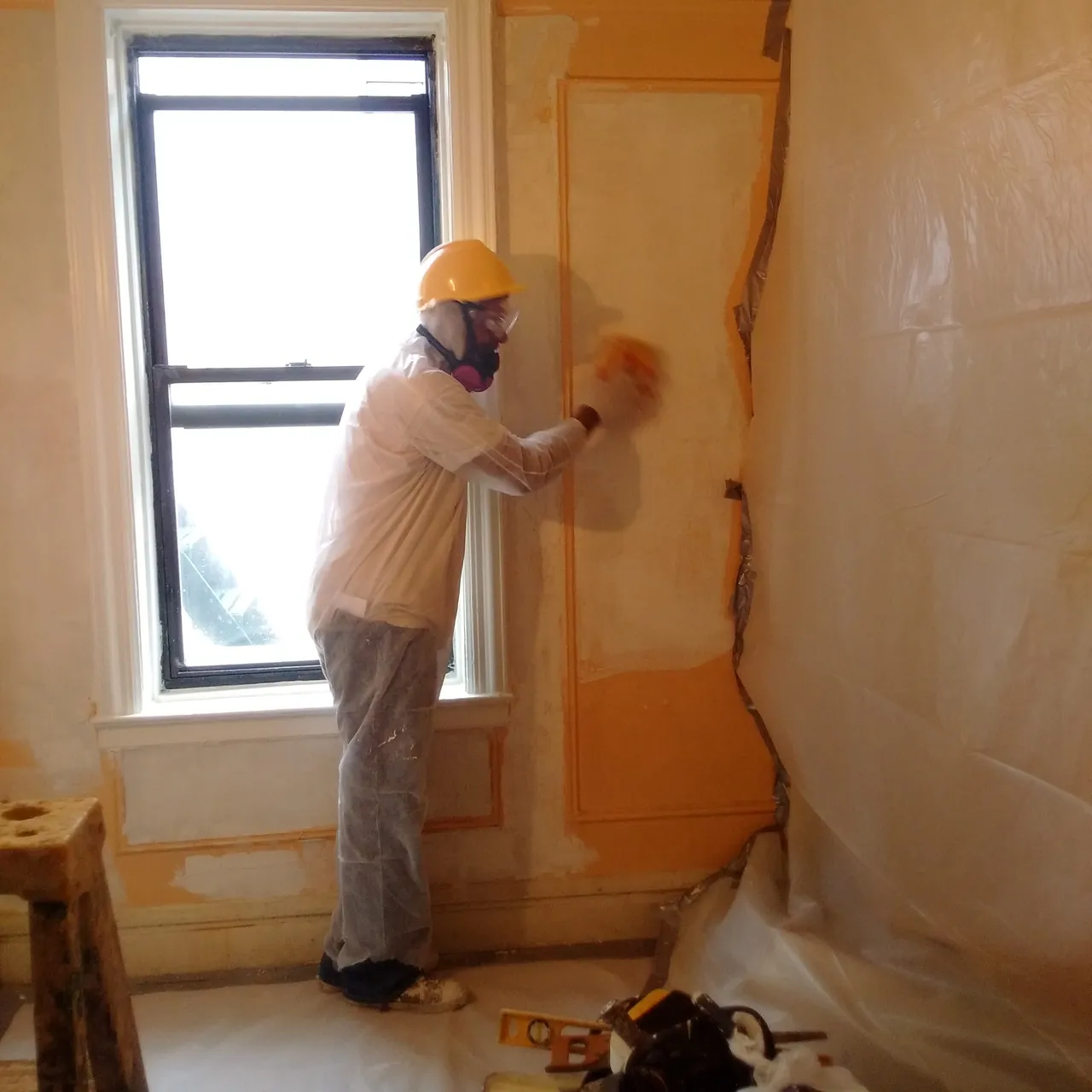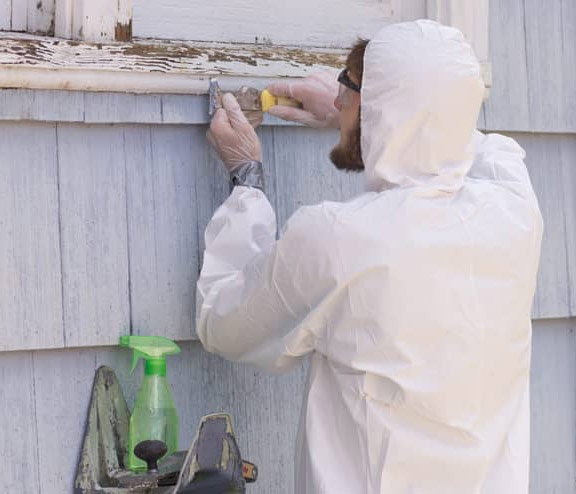Comprehensive Guide on Effective Lead Violation Removal Methods
In the world of ecological safety and security, addressing lead violations demands a careful and organized strategy. This thorough overview starts by highlighting the essential initial actions of identifying lead hazards through innovative assessment and screening methods. Methods such as XRF evaluation and dirt wipe sampling are important in identifying contamination sources. Moreover, the guide clarifies on the relevance of sticking to rigorous safety and security procedures during the removal process, consisting of using proper PPE and separating impacted areas (Lead Paint Removal Company). The subsequent areas assure to go over post-removal verification and preventive strategies, making certain lasting security and conformity. Discover the intricate details that make these methods not just effective yet necessary.
Determining Lead Threats
Recognizing lead risks is an essential first step in reducing the dangers connected with lead direct exposure. Lead, a poisonous metal, can be existing in different ecological tools, consisting of paint, dirt, water, and dirt.
The preliminary stage in determining lead threats involves comprehending typical lead sources within the developed atmosphere. Structures developed before 1978 are specifically susceptible due to the widespread usage of lead-based paint throughout that duration. Furthermore, dirt contamination can happen from weakening exterior paint, industrial emissions, or historic use leaded gas.
One more significant source is lead piping and pipes components, which can seep introduce drinking water. Durable goods such as toys, ceramics, and imported items might also include hazardous lead levels. Especially, work-related atmospheres and pastimes involving lead can track impurities right into homes.
Evaluation and Testing
When addressing lead dangers, efficient assessment and screening are paramount. Preliminary analysis normally involves a visual examination to identify prospective lead resources, such as weakening paint or polluted dirt.

Dirt clean tasting is another vital strategy, particularly in domestic setups. By accumulating examples from floorings, windowsills, and other surfaces, this method supplies understandings right into possible direct exposure threats. Furthermore, soil testing around building boundaries is necessary to identify lead contamination that could present threats, especially to children.
Safe Removal Treatments
Upon completing complete evaluation and testing, executing risk-free elimination treatments is the following essential stage in attending to lead dangers. This process guarantees that lead-contaminated materials are properly and securely removed, reducing risk to both employees and homeowners. The primary step involves separating the afflicted area utilizing plastic sheet and proper securing methods to stop the spread of he said lead dust.
Employees need to don appropriate personal safety devices (PPE), including respirators, handwear covers, and disposable coveralls, to mitigate direct exposure. Utilizing specialized devices and wet methods, such as wet fining sand or utilizing HEPA-filtered vacuum cleaners, minimizes the dispersion of lead fragments. It is important to avoid completely dry sanding or unpleasant blasting, as these approaches can create dangerous lead dirt.
Garbage disposal is one more vital part; all contaminated products should be firmly nabbed and classified according to EPA and regional laws. Furthermore, thorough cleaning of the workplace with HEPA vacuums and damp wiping makes sure the elimination of residual lead fragments.
Post-Removal Verification

Confirmation of effective lead elimination, called post-removal verification, is imperative to guarantee the safety and security and habitability of the remediated area. This process includes a collection of meticulous assessments and tests made to find any kind of recurring lead particles that may present wellness threats. The initial step normally consists of a visual inspection to evaluate the conclusion and high quality of the removal job. This assessment guarantees that all recognized resources of lead have actually been attended to which no noticeable indicators of contamination continue to be.
Adhering to the aesthetic examination, ecological tasting is carried out. This includes collecting dust, dirt, and occasionally water examples from the remediated location. Certified labs evaluate these examples to gauge lead degrees, ensuring they fall below the safety and security limits established by regulatory bodies such as the Environmental Defense Firm (EPA)
Additionally, air quality screening might be done to discover airborne lead fragments, specifically in situations where substantial lead-based paint removal or improvement has actually happened. The results of these tests give measurable data validating that the lead levels are within permissible restrictions.
Eventually, post-removal confirmation functions as a crucial checkpoint, verifying the efficiency of the lead reduction efforts and safeguarding the wellness of residents and site visitors.
Precautionary Actions and Upkeep

A key safety net consists of using lead-safe licensed specialists for any kind of restoration, fixing, or painting tasks. These professionals are learnt techniques that reduce lead dirt you could check here and particles. Additionally, preserving coloured surfaces to prevent damaging or peeling is necessary, as deteriorating paint can release lead bits right into the setting.
Educational initiatives targeting homeowner and occupants pertaining to the threats of lead and the value of reporting any type of possible hazards can even more improve precautionary efforts. Regular navigate to this website cleansing using HEPA vacuums and wet mopping strategies can significantly decrease lead dust build-up.
Final Thought
In recap, reliable lead offense elimination demands a meticulous technique including comprehensive assessment, precise testing, and stringent elimination procedures. Making certain security with appropriate isolation and personal protective equipment remains paramount. Post-removal verification via ecological tasting and air quality testing confirms conformity with well established security requirements. Recurring assessments and maintenance are crucial to minimize future lead dangers, thus safeguarding public wellness and making sure sustained conformity with regulative requirements.